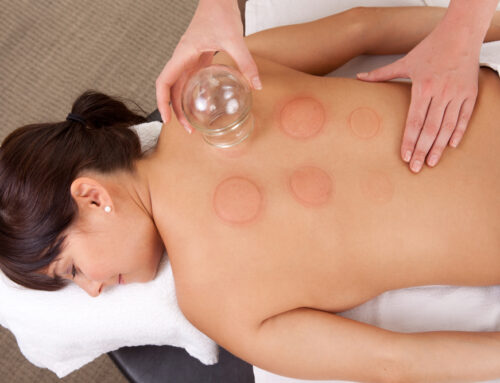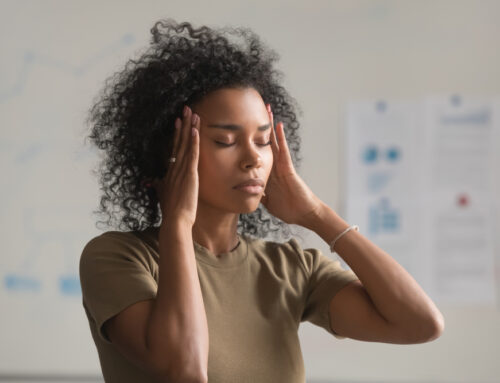By Dr. Angelina Riopel, ND
Many common health concerns can be associated with toxin accumulation within the body. Our everyday lifestyle exposes us too many types of toxins including pesticides and preservatives in food, air pollution, metals and chemicals in our drinking water and a plethora of toxins are found in our cosmetics and body care products. Toxins must be processed and eliminated, but when our exposure becomes more than what our body can deal with and eliminate we develop symptoms from a build up of toxins.
Common health concerns that can be associated with toxicity:
- Allergies – environmental and food allergies
- Eczema
- Dermatitis
- Hives
- Psoriasis
- Rashes
- Acne
- Irritable bowel
- Constipation and diarrhea
- Gas and bloating
- Candida
- Food cravings
- Difficulty losing weight
- Muscle and joint pain
- Headaches
- Low mood and anxiety
- Hormonal imbalance
Common Toxins: (the following list is from Sat Dharam Kaur, ND)
1) Endotoxins (toxins that are generated within our body)
- Bi-products of unhealthy gut bacteria and fungus
- Hormone imbalance, excess of certain hormones (for example estrogen, insulin, cortisol)
- Organic waste acids (lactic acid, uric acid, oxalic acid)
- Free radicals
- Toxic emotions (fear, worry, anger…) lead to a cascade of neurotransmitters and hormones, such as adrenalin, cortisol that affects mood and our ability to relax and recover from stress and fear
2) Exotoxins (toxins that we are exposed to from our environment)
- Air pollutants (diesel fumes, ground level ozone, carbon dioxide, car exhaust, benzene, radon gas, carbon monoxide, tobacco smoke etc.)
- Inhalant allergens (animal dander, molds, dust mites, algae, pollens etc.)
- Xenobiotics (insecticides, herbicides, pesticides, organochlorines, PCBs, dioxins, furans, food additives, food colorings, preservatives, plastics, PVC, bisphenol A, phthalates, solvents, formaldehyde etc.)
- Brominated fire retardants
- Cosmetics (artificial fragrances and dyes; sodium laurel sulphate; bismuth; phthalates; methyl, propyl, butyl and ethyl parabens; propylene glycol; stearalkonium chloride, triethanolamine, lead, isopropyl alcohol)
- Toxic metals (lead, cadmium, mercury, copper, arsenic, aluminum, tin, nickel, etc.)
- Organic toxins (aflatoxin, ergot toxins, fumosine, penicillium toxins, mycotoxins etc.)
- Drug toxins (most pharmaceuticals have toxic side effects, especially on the liver, kidneys and heart)
- Antibiotics (these turn off your white blood cells’ response to clean up dying tissue and bacterial toxins. Residual toxic material can then penetrate inside cells, damaging the nucleus and mitochondria). In contrast, a fever helps to cleans up this debris.
- Vaccination toxins (commonly contain mercury, aluminum, formaldehyde, foreign DNA, large undigested proteins, viral toxins)
- Vitamin and mineral excesses (vitamin D, A, E, copper, selenium, iodine, sodium, iron etc.)
- Infections (viral, fungal, bacterial, parasitic etc.)
- Lifestyle toxins (caffeine, sugar, cooked fats, smoking, alcohol, recreational drugs, broiled meat, etc.)
- Food sensitivities (gluten, wheat, yeast, dairy, citrus, eggs, pork, nightshades, peanuts, individualized foods)
- Energetic phenomena (electromagnetic fields, ionizing radiation, geopathic stress, etc.)
The MORA Bioresonace Detoxification Process
The first step to addressing health concerns associated with toxins is to identify which toxins are an issue and their source.
Bioresonace is a non-invasive, painless therapy, which involves placing electrodes on the skin in order to identify & treat allergies, toxin accumulation and other imbalances that may be leading to various health conditions. The MORA Bioresonace assessment is able to identify underlying toxicities and sensitivities that lead to common health concerns.
Step 1) Assessment – During the MORA Bioresonance assessment we begin by identifying toxins and foods that are placing a toxic and inflammatory burden on the body:
- food sensitivities
- environmental allergens and toxins
- heavy metals
- pesticides
- bacteria
- parasites
- nutrient deficiencies
Step 2) Treatment Plan – Once food allergens and toxins have been identified an individualized diet based on your results and appropriate for detoxification will be recommended. Other naturopathic support may be recommended as well. This would include lifestyle and nutritional recommendations specific to the toxins and allergens that were identified during the MORA Bioresonance assessment.
Step 3) MORA Bioresonance detoxification therapy may be recommended weekly or bi-weekly over a period of time to help the body clear toxins and resolve allergens. Bioresonace therapy helps desensitize harmless substances (like food) and detoxify harmful substances (like environmental toxins) which assists the body with its innate ability to self-regulate, eliminate toxins and heal.
After a period of approximately 12 weeks toxins and allergens can be retested to see if they are now resolved and can be tolerated by the body.






